What is a capacitor and what is it for?
Definition
The word condenser comes from the Latin "condensatio", which translates as "accumulation". In physics, this term is used to describe a whole niche of electrical products whose purpose is to work as an energy storage device. The amount of stored energy depends on the capacity and the square of the voltage on its plates, divided by 2. Moreover, the current flows through it only during the charge. But first things first.
E = (CU2)/2
In simple terms, a capacitor is a device that can store energy in electric field. In the simplest version, it consists of two conductors (plates), separated by a dielectric. In the figure below you see a simplified diagram of the external device of a flat capacitor. The symbol on the diagram represents 2 features 8 mm high, at a distance of 1.5 mm from each other.
Principle of operation
Now that we know how this element is indicated on the diagrams, we need to consider the principle of operation of the capacitor. When the capacitor plates are connected to a power source, the electric charges from the positive and negative terminals of the IP rush to the plates, accumulating on them.
The electric current is interrupted after charging the capacitor to the rated capacity, since there is a dielectric layer between the plates, it cannot flow continuously. When the power source is turned off, charges will remain on the capacitor, which means that the voltage at its terminals will remain.
The charges accumulated on each of the plates are opposite. Accordingly, the cover that was connected to the positive terminal of the power source is positively charged, and the one that is connected to the negative terminal is negative. The principle of operation of this product is based on the attraction of opposite charges in an electric circuit.
In simple words, the capacitor will save the energy that was transferred from the power source - this is its purpose. However, in practice there are a variety of losses and leaks.
Interesting! Leiden Bank is a prototype of modern capacitors born in 1745. This device was able to accumulate energy and extract sparks when its plates were closed. Appearance and design you see below.
And in the figure below you see the construction of the simplest flat capacitor - two plates separated by a dielectric:
Since the capacity is directly proportional to the area of the plates and inversely proportional to the distance between them, in order to increase the capacity, engineers developed a number of other forms of capacitors.For example, plates wrapped in a spiral - so their area became many times larger at the same overall dimensions, as well as cylindrical and spherical solutions.
One of the laws of switching states that the voltage across the capacitor plates cannot change abruptly, as the following miniature illustrates.
Views
Capacitors can be classified according to various criteria.
By constancy of capacity:
- Permanent.
- Variables Their capacity can be changed either manually by the operator (user) of the device, or under the influence of voltage (as in varicaps and varicondas).
By polarity of the applied voltage:
- Non-polar - can work in alternating current circuits.
- Polar - when voltage of the wrong polarity is connected, they fail.
Depending on where these components are used, different options are distinguished by material:
- Paper and paper are common to many common in Soviet times capacitors in the form of rectangular bricks with a marking like "MBGCH". The appearance of this type of capacitors you see below. They are non-polar.
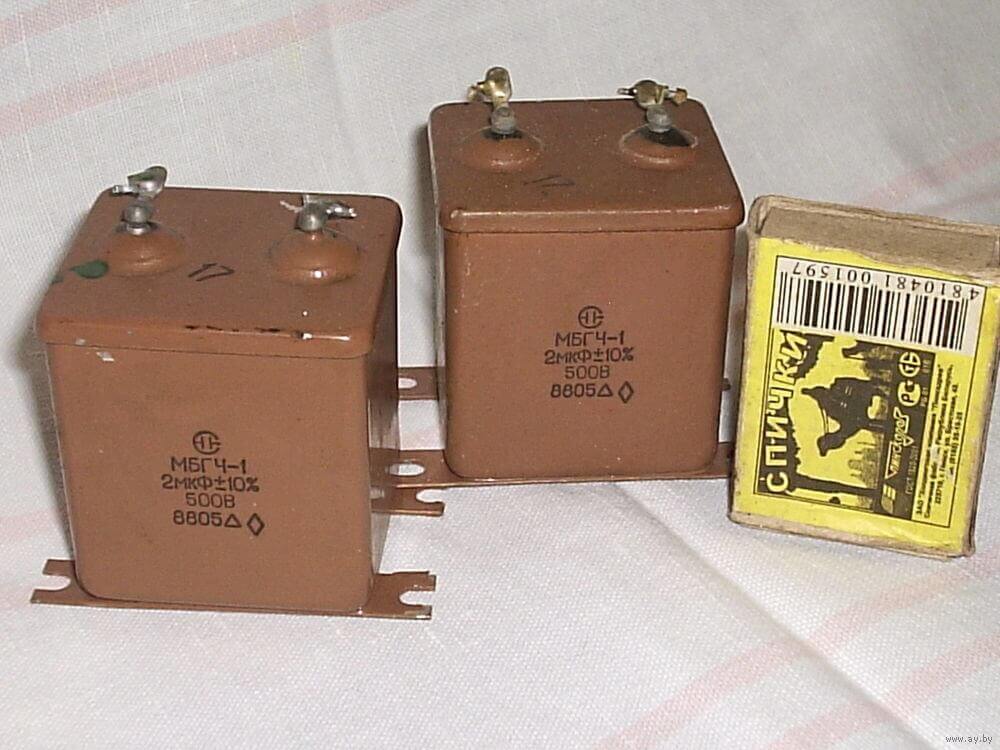
- Ceramic - they often filter high-frequency noise, and the relative permittivity allows you to make multilayer components with a capacity comparable to electrolytes (expensive), not sensitive to polarity.
- Film - distributed in the form of brown pads, inexpensive, are used everywhere. Characterized by low leakage current, small capacity, high operating voltage and insensitivity to the polarity of the applied voltage.
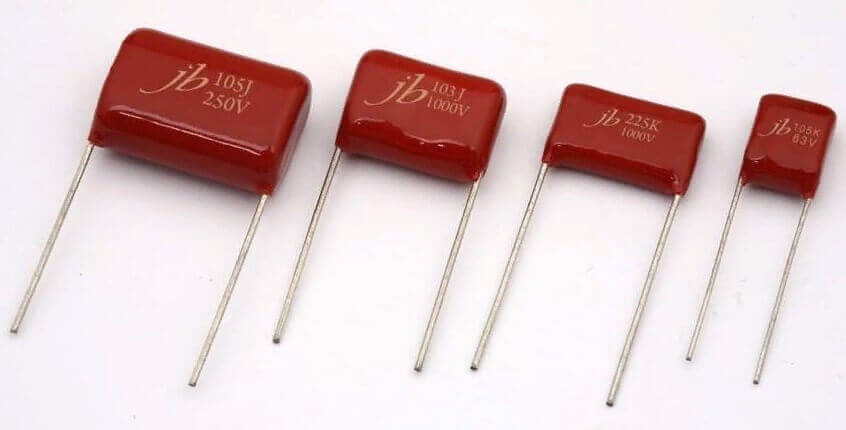
- With an air dielectric. The best example of such an element is the tuning capacitor of the resonant circuit from the radio receiver, the capacity of such elements is small, but it is convenient to realize its change.
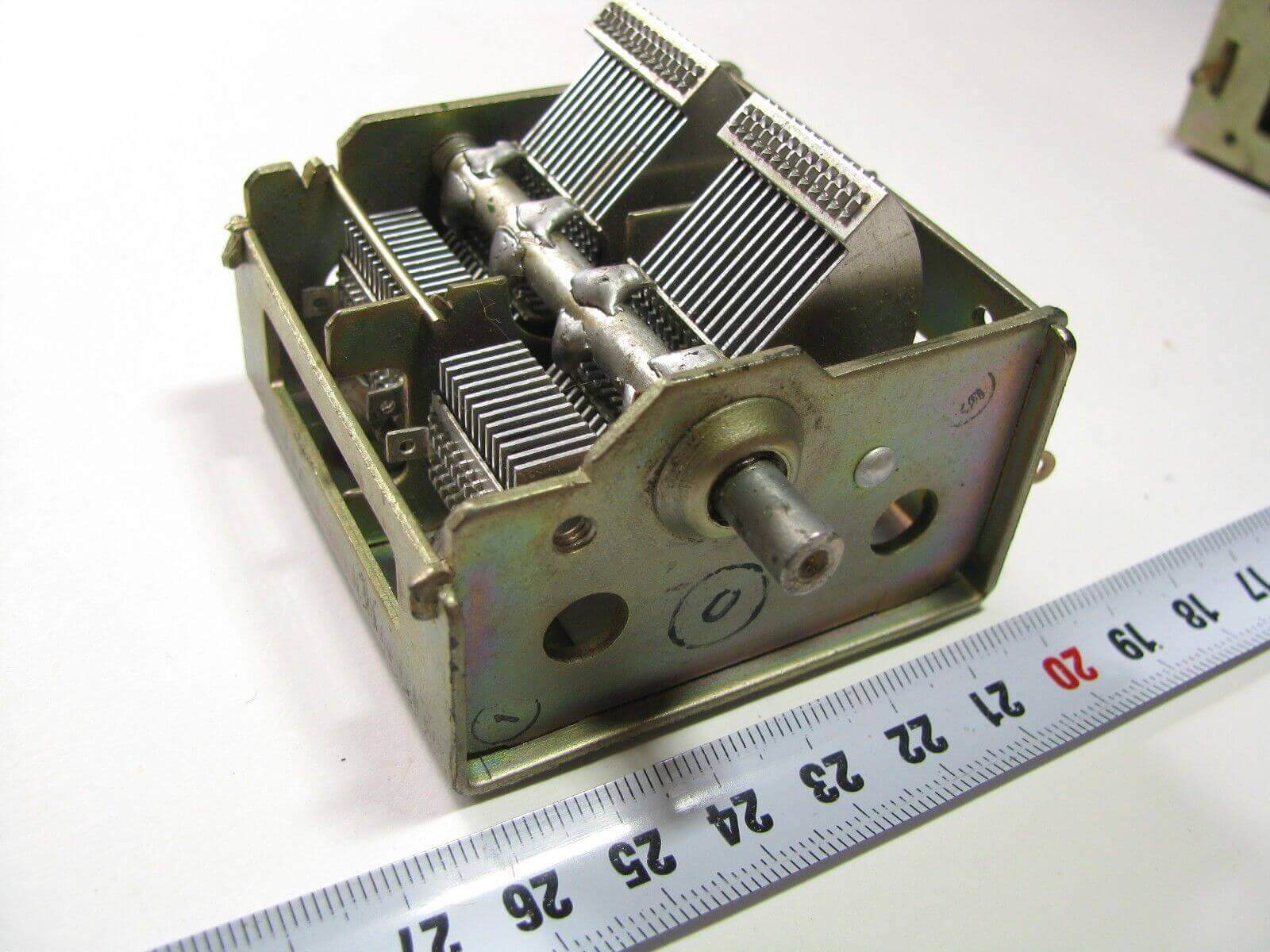
- Electrolytic - these are elements in the form of barrels, they are installed most often as a filter of network pulsations in the power supply. The design and principle of operation make it possible to obtain a large capacity with a small size, but over time they can dry out, lose capacity or swell. How these products look in good condition you see below. As a dielectric, a thin layer of metal oxide is used. If the power supply uses capacitors with a dielectric from AL2O3 - so-called "Aluminum electrolytes", then for work in high-frequency circuits - use tantalum (Ta205 - they also apply to electrolytes) capacitors, because they have less leakage current, greater resistance to external influences, unlike previous aluminum ones.
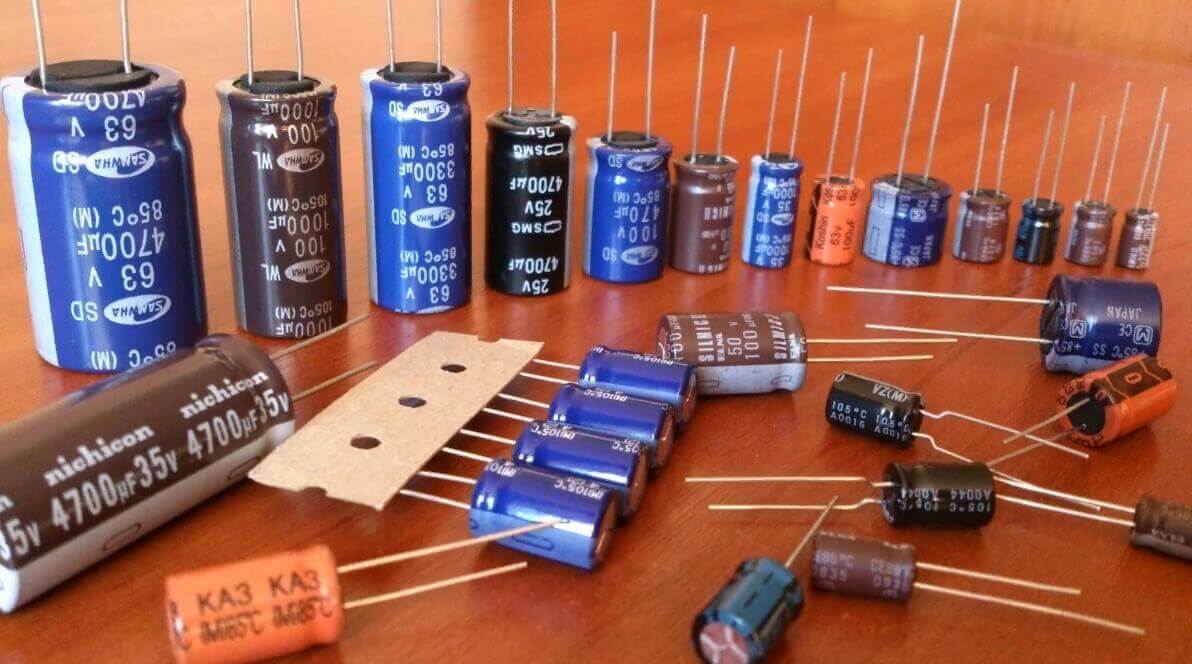
- Polymer - able to withstand large pulsed currents, work at low temperatures
Key Specifications
If you are repairing or developing an electronic device, you will need to select a suitable capacitor to replace the failed one. And for this you need to get acquainted with the main technical characteristics of the capacitor, on which its operation in the electric circuit depends.
Rated capacity. It characterizes the main purpose of the component - what kind of charge it can store. The main characteristic is measured in farads [f]. However, such a unit of measurement is too large, therefore, shares are used:
- Milifarads, mF - 0, 001 F (10-3);
- Microfarads, microfarads - 0, 000 001 F (10-6);
- Nanofarads, nF - 0, 000 000 001 F (10-9);
- Picofarads, pF - 0, 000, 000, 001 F (10-12).
The rated voltage is the voltage to which the capacitor can be guaranteed to operate in normal mode. If this value is exceeded, a breakdown of the dielectric is very likely. It can be from units of volts (for electrolytes) and up to thousands of volts (film and ceramics). During repair, this value should not be lower than that of a failed one, higher - it is possible!
Deviation tolerance - how much the actual capacity may differ from the declared nominal capacity. It can reach 20-30%, but there are also high-precision models with a tolerance of up to 1% - for use in circuits where special accuracy is required.
Temperature coefficient of capacitance - this parameter is important for electrolytes. In aluminum capacitors, when the temperature decreases, the capacitance decreases and the electrical resistivity increases (in ESR)
ESR - equivalent series resistance, is also important for electrolytes. In simple terms - the bigger it is, the worse. In swollen condors, the ESR rises.
In the table below you see the permissible ESR values for different rated capacitances and voltages.
Where and for what are applied
Still, we will answer the question “what is the capacitor designed for?” from a practical point of view. To do this, consider several schemes.
Electrolytic capacitors are most widely used as the already mentioned filter of network ripple in power supplies. The diagram below shows where the electrolyte is installed. The greater the load, the greater the electrolyte capacity is needed to smooth out the ripple.
The next place where capacitors are used are high and low pass filters. The diagram below shows typical inclusions. Thus, in speakers, bass, mid and high frequencies are bred along the speakers without the use of active components.
Ballast power supplies are often used to charge small batteries and power low-power devices, such as cheap LED bulbs, radios, and others. A film capacitor is installed in series with the supply device, limiting the current due to its reactance - this is the principle of operation of such a simple circuit.
Snabbers are devices designed to protect semiconductor switches and relay contacts from switching loads. In modern pulsed high-frequency PSUs, snubbers from a resistor and capacitor are used, thus improving the main parameters in the circuit and reducing the load on the keys, as well as the power loss on its heating. The principle of operation of the snubber is to slow down the fronts of growth and decay of the voltage on the key due to the use of the constant charge time of the capacity.
Conclusion
We examined what a capacitor is, how it is designed and what function it performs. For a deeper study, you need to get acquainted closely with what types of capacitors are and their practical features in various circuits and applications. So, for example, in cases where special accuracy is required in operation and reliability, low-ESR electrolytes or tantalum electrolytes are used, while there is no special difference in the filter on the rectifier what to put.
In the end, we recommend watching useful videos on the topic of the article:
Also read:


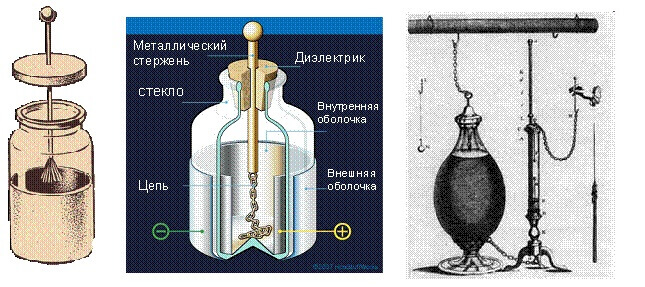
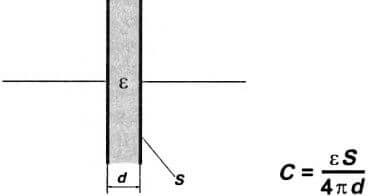
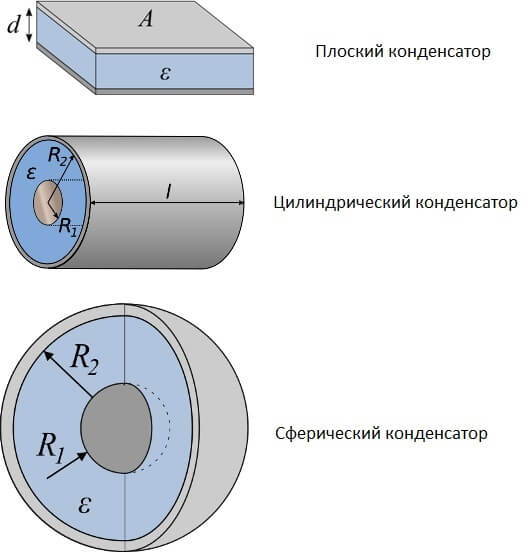

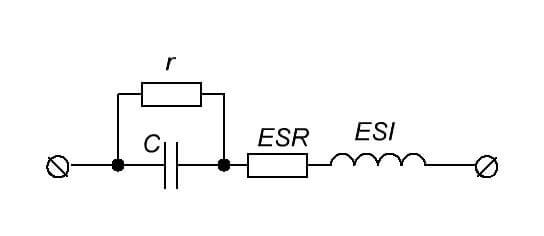
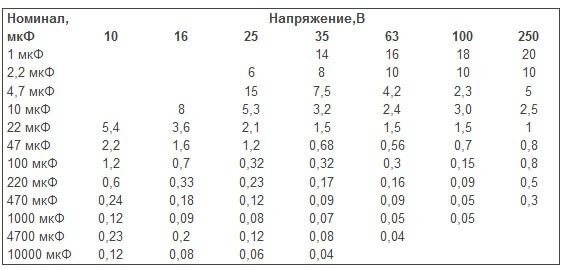
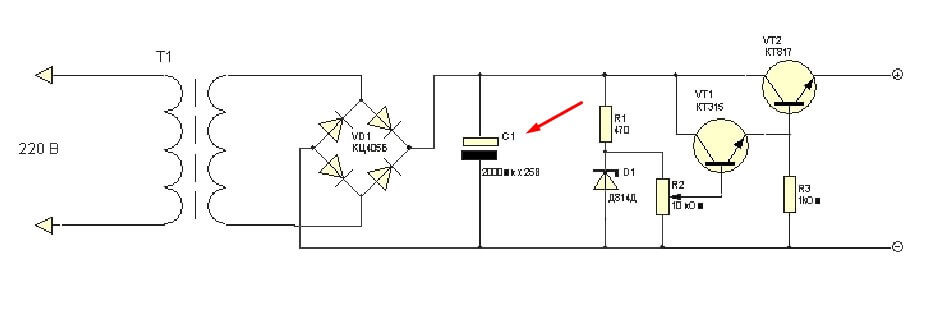
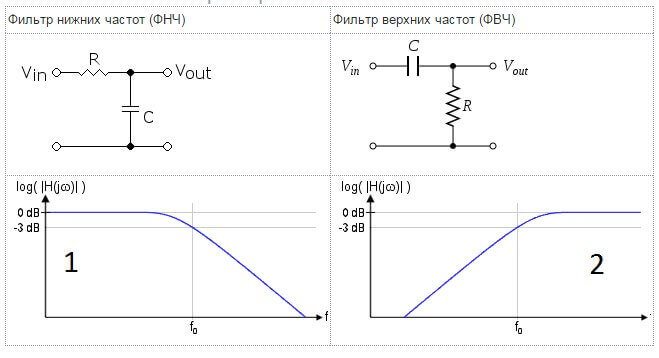

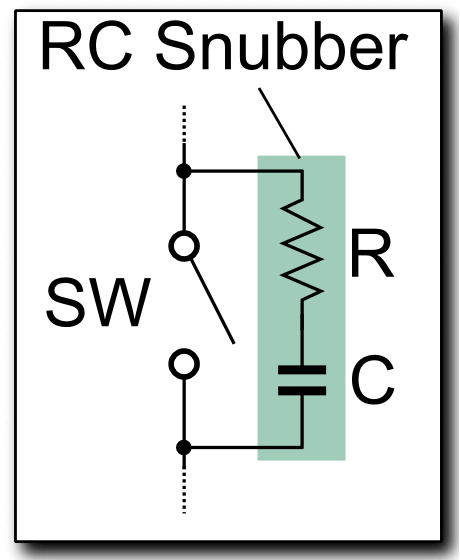


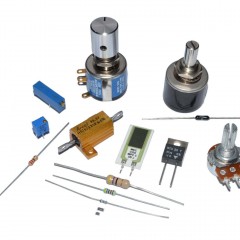

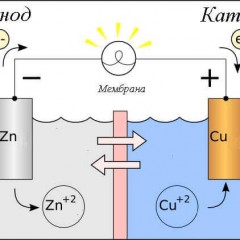

Thank you, this article is for those who already know what a capacitor is.
In this case, the meaning of the article?
Good question…